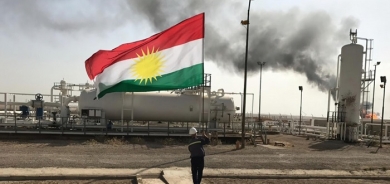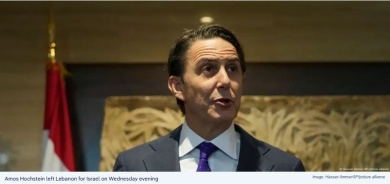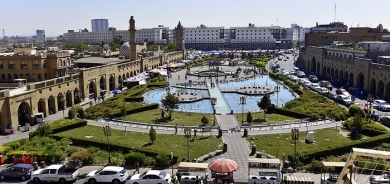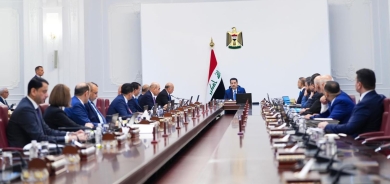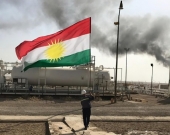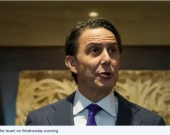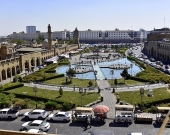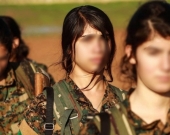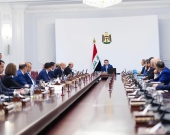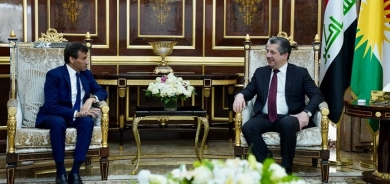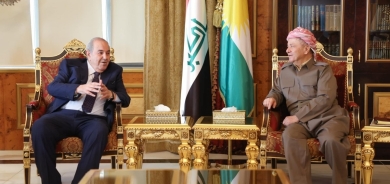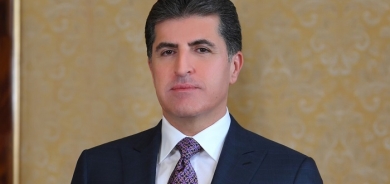Report: World military spending on the rise despite pandemic
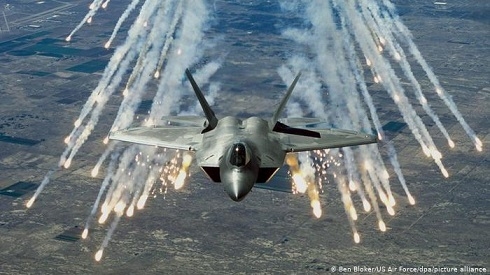
Spending totalled 1,981 billion dollars, marking an increase of 2.6 per cent in real terms from 2019.
The five biggest spenders in 2020 were the United States, China, India, Russia and Britain. Together they accounted for 62 per cent of global military expenditure.
Meanwhile, military spending by China grew for the 26th consecutive year.
"We can say with some certainty that the pandemic did not have a significant impact on global military spending in 2020," said Diego Lopes da Silva, Researcher with the SIPRI Arms and Military Expenditure Programme.
"It remains to be seen whether countries will maintain this level of military spending through a second year of the pandemic."
Despite a global defence spending rise, some countries - such as Chile and South Korea - explicitly reallocated part of their planned military budget to pandemic response efforts.
Others, including Brazil and Russia, spent considerably less than their initial military budgets for 2020, the institute said.
The US is the leader in defence spending, according to SIPRI. In 2020, US military expenditure reached an estimated 778 billion dollars - an increase of 4.4 per cent over 2019.
The US accounted for 39 per cent of total military expenditure in 2020. This was the third consecutive year of growth in US military spending, following seven years of continuous reductions. The growth in spending coincides with the term of office of former president Donald Trump.
China’s military expenditure, the second highest in the world, is estimated to have totalled 252 billion dollars in 2020.
Beijing's spending came ahead of Russia (61.7 billion dollars), Britain (59.2 billion) and Saudi Arabia (57.5 billion), according to SIPRI's calculations.
Germany came in just ahead of France in seventh place. Germany increased its outlay by 5.2 per cent to 52.8 billion dollars. Berlin's military expenditure was 28 per cent higher than in 2011.
"We have been witnessing this trend of increasing military expenditure in Germany for a couple of years," SIPRI researcher Alexandra Marksteiner told dpa.
"According to our data, Germany started increasing their spending again after 2014. The magnitude of that change is varying from year to year, but the overall trend stays the same."
According to SIPRI, nearly all NATO members saw their military burden rise in 2020.
As a result, 12 NATO members spent 2 per cent or more of their GDP on their militaries, in line with the the North Atlantic alliance’s guideline spending target.
In 2019, only 9 members' spending was within that target.
But da Silva indicated this could be linked to GDP values falling as countries' economies have taken a hit during the coronavirus crisis.
"Although more NATO members spent more than 2 per cent of GDP on their militaries in 2020, in some cases this probably had more to do with the economic fallout of the pandemic than a deliberate decision to reach the Alliance’s spending target," da Silva noted.
Sipri's annual report is considered to be the most comprehensive collection of data on military spending in the world.
The institute in the Swedish capital relies on official government information on defence budgets as well as other sources and statistics.
The institute's figures traditionally diverge from the information provided by NATO and individual countries.

